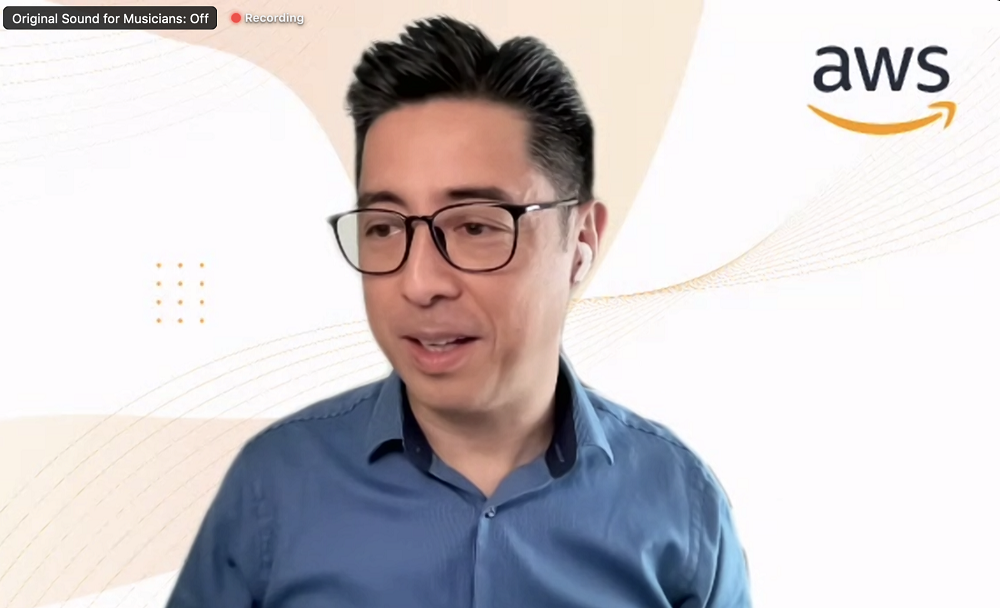In a virtual briefing held on Thursday, July 29, cloud computing giant Amazon Web Services (AWS) announced the launch of its Manila Local Zone.
The new type of cloud infrastructure deployment will allow organizations with low latency or data residency requirements to run their applications closer to end users and on-premises data centers within the nation’s capital.
“With our Local Zones, we’re actually enabling our customers to easily deploy applications that require that single digit millisecond performance and actually bring those applications closer to where their end users are,” stated Joel Garcia, AWS chief technologist for Asean during the briefing.
“We’re very excited to see some of the applications our clients will be building to drive and change their customers’ experience,” said Garcia, a former top tech executive in the Philippines who is now based in AWS’ regional headquarters in Singapore.
The proximity of cloud infrastructure is crucial to certain industries. For instance, fintech, live streaming, real-time gaming, augmented reality, and virtual reality applications need low latency and consequently, closer infrastructure, to deliver good user experience.
Additionally, companies in regulated sectors such as the fintech, health, and public sectors are often required to have users’ data collected, stored, and processed within a fixed area.
Thus, Local Zones are AWS’ answer to organizations’ need for near at hand cloud infrastructure. This innovation in infrastructure deployment places AWS compute, storage, database, and other services near large populations, industries, and information technology (IT) centers.
Specifically, the Manila Local Zone’s location in NCR will empower organizations operating in the area to run workloads requiring single-digit millisecond latency, like video rendering and graphics intensive, virtual desktop applications.
It also enables organizations with data residency requirements to quickly deploy applications close to end users within the metro.
Moreover, since AWS manages and maintains its Local Zones, organizations utilizing Local Zones do not incur the expense of procuring, operating, and maintaining infrastructure in various locations to support low latency applications.
This particular service provides companies the opportunity to streamline their operations because traditionally, low latency requirements were met by maintaining location-sensitive workloads on-premises or in managed data centers.
This forced organizations to procure, operate, and maintain their own IT infrastructure, as well as use different sets of application programming interfaces (API) for their on-premises and AWS environments.
In short, since AWS manages Local Zones, organizations utilizing the Manila Local Zone to run their applications can simplify their IT operations and cut down on expenses.
Notably, this feature also encourages companies to migrate additional workloads to AWS and adopt a hybrid cloud migration strategy.
Since Local Zones are designed to bring the core services needed for the latency sensitive portions of the organization’s workload closer to end-users, though, they do not offer the complete suite of AWS services.
To access all AWS services, companies will still have to resort to previous offerings such as the AWS Availability Zone.
“The launch of an AWS Local Zones location Manila is another step in our commitment to unlocking economic value by supporting the digital transformation efforts of all Filipinos,” said Garcia.
“By reducing latency, organizations in the Philippines can help improve the performance of their applications, process large amounts of data faster, and drive productivity gains.”

Companies such as BDO Unibank, PLDT, eCloudvalley Digital Technology, and the International Rice Research Institute were among those companies highly anticipating the launch of the Manila local zone.
“We welcome AWS’s continued commitment to bringing cloud infrastructure to the Philippines,” Paul Siy, chief technology officer at BDO Unibank, commented.
“The AWS Local Zones location in Manila will help accelerate local cloud migration and enable us to develop innovative, low latency banking solutions to transform the way Filipino’s access financial services.”
Local Zones began rolling out in the United States as early as 2019. Today, there are 34 active AWS Local Zones around the world, including the Manila Local Zone, with nineteen more local zones planned to launch globally.




